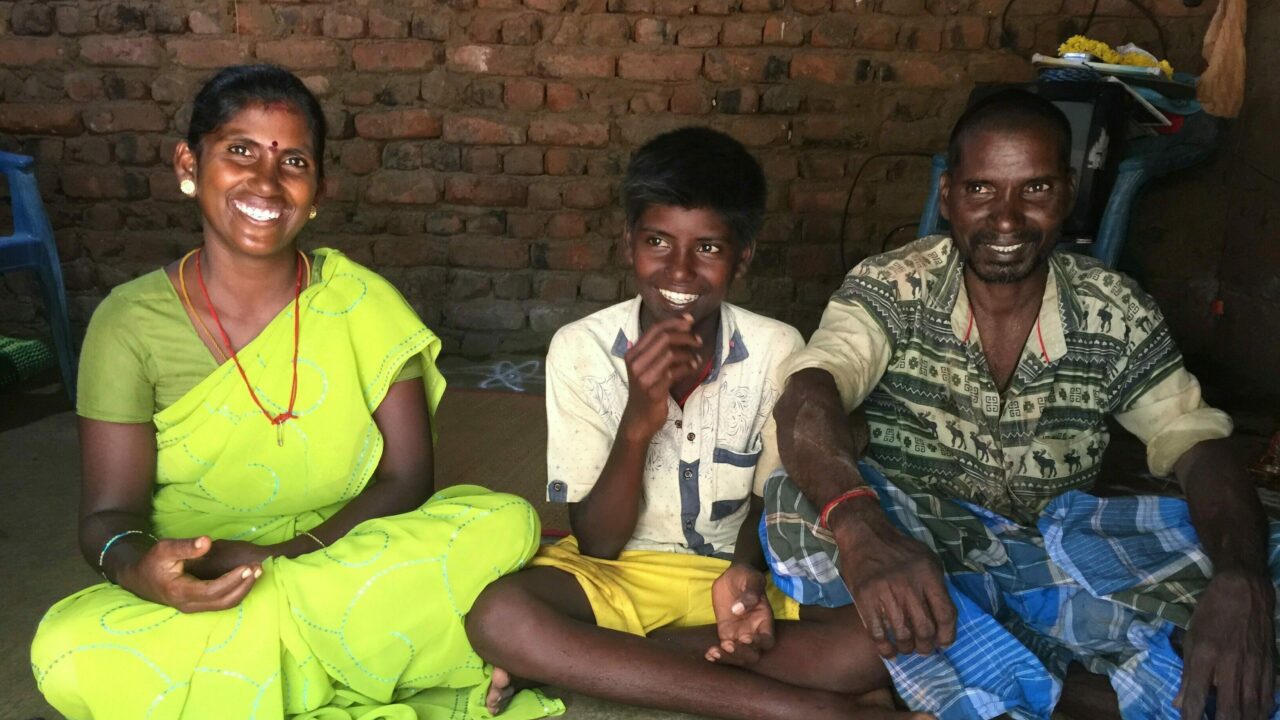
NGOCSTIP – Reducing Trafficking Through Sustainable Income is a crucial strategy in fighting human trafficking. Economic hardship increases vulnerability to exploitation. Many individuals fall into trafficking due to lack of financial resources. Providing alternative livelihoods can break this cycle effectively. Economic empowerment helps communities gain independence and security. This approach targets root causes rather than symptoms. Sustainable income opportunities reduce desperation and risky choices. The global community increasingly supports these initiatives for long-term change.
Economic empowerment provides people with skills and resources for stable income. Vocational training programs teach valuable trades to vulnerable populations. Women and youth often benefit most from these efforts. Microfinance initiatives help individuals start small businesses independently. When people earn a reliable income, the risk of trafficking drops significantly. Job creation in high-risk areas is a powerful prevention tool. Financial literacy education also equips people to manage money wisely. Communities with better economies see fewer trafficking cases over time.
“Read about: War and Exploitation: How Trafficking Fuels Armed Conflicts”
Alternative livelihoods offer safe and legal ways to earn a living. Farming, crafts, and technology jobs replace dangerous or exploitative work. When economic options expand, traffickers lose potential victims. Empowered individuals resist traffickers’ false promises of quick money. Community-based cooperatives foster cooperation and shared success. Programs often provide ongoing support to ensure sustainability. Access to markets and fair trade connections improve income reliability. Social networks strengthen, helping survivors rebuild their lives.
Implementing economic empowerment programs faces several challenges. Funding limitations can restrict reach and impact of projects. Cultural barriers sometimes prevent vulnerable groups from participating fully. Lack of infrastructure limits access to markets and training facilities. Monitoring and evaluation are necessary to measure success accurately. Collaborations between governments, NGOs, and private sectors improve outcomes. Tailored programs respect local customs and needs, increasing acceptance. Technology integration offers new ways to reach remote populations effectively.
Government policies can promote economic empowerment as a trafficking prevention strategy. National action plans increasingly include livelihood programs for at-risk groups. International organizations provide technical and financial assistance worldwide. Cross-border cooperation helps protect migrants vulnerable to trafficking. Legal frameworks ensure protection of workers’ rights and fair wages. Advocacy raises awareness about the link between poverty and trafficking. Success stories inspire replication of proven models in new areas. A coordinated global effort is essential for lasting impact.
“Read more: Tongue Tie (Ankyloglossia): Symptoms, Causes, and Treatment Options for Your Child”
For trafficking survivors, economic empowerment plays a crucial role in healing and reintegration, thus supporting Reducing Trafficking Through Sustainable Income. Firstly, skills training provides essential tools for independence and dignity. Moreover, access to credit helps survivors rebuild businesses and homes, promoting financial stability. In addition, support groups foster emotional resilience alongside economic growth. Safe employment opportunities significantly reduce risks of re-trafficking. Consequently, community acceptance increases when survivors contribute economically. Furthermore, long-term recovery becomes more achievable through sustainable livelihoods. As a result, empowered survivors often become advocates against trafficking in their communities. Therefore, Reducing Trafficking Through Sustainable Income is not only prevention but also a pathway to recovery.